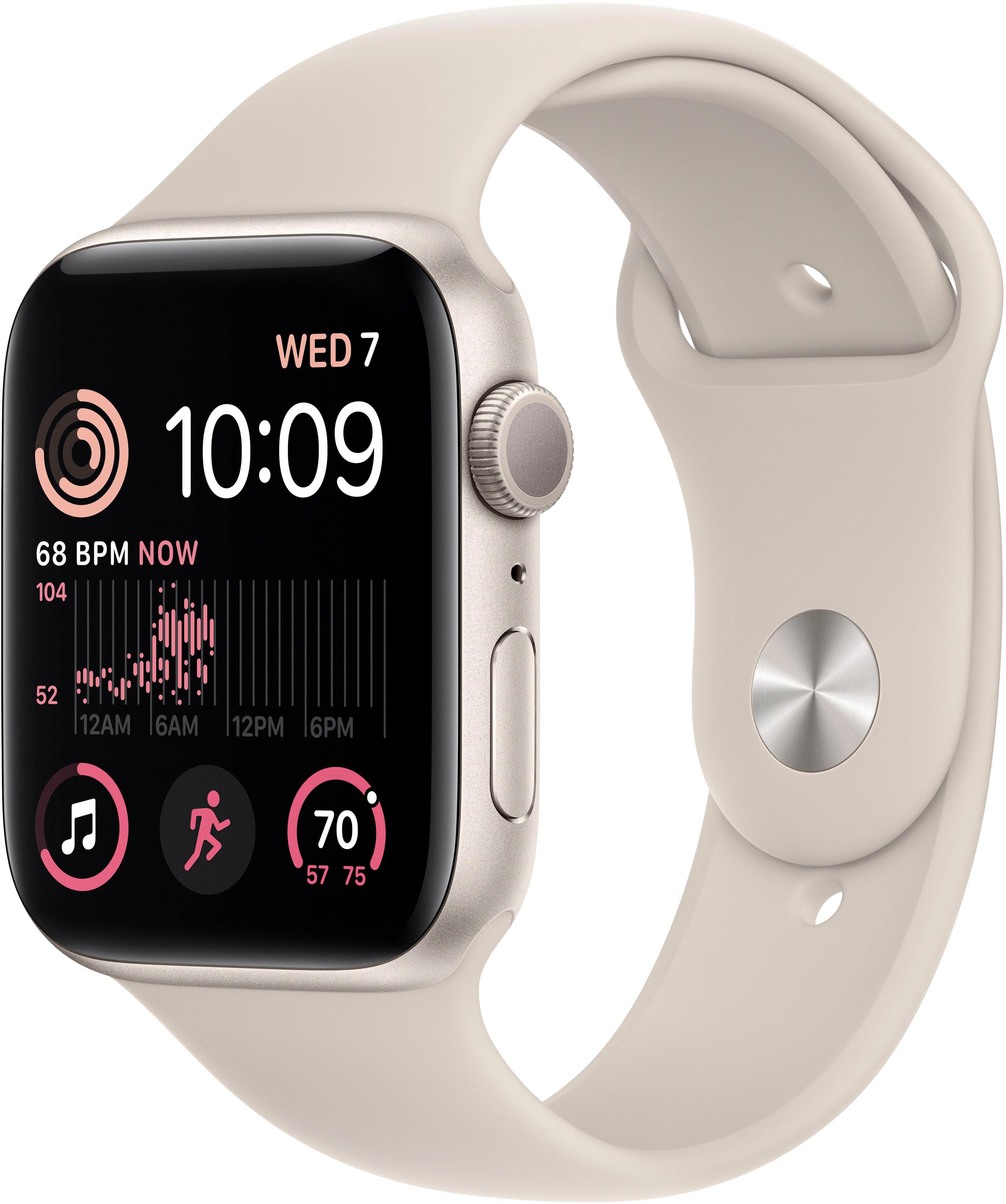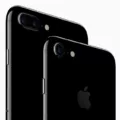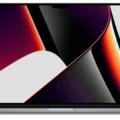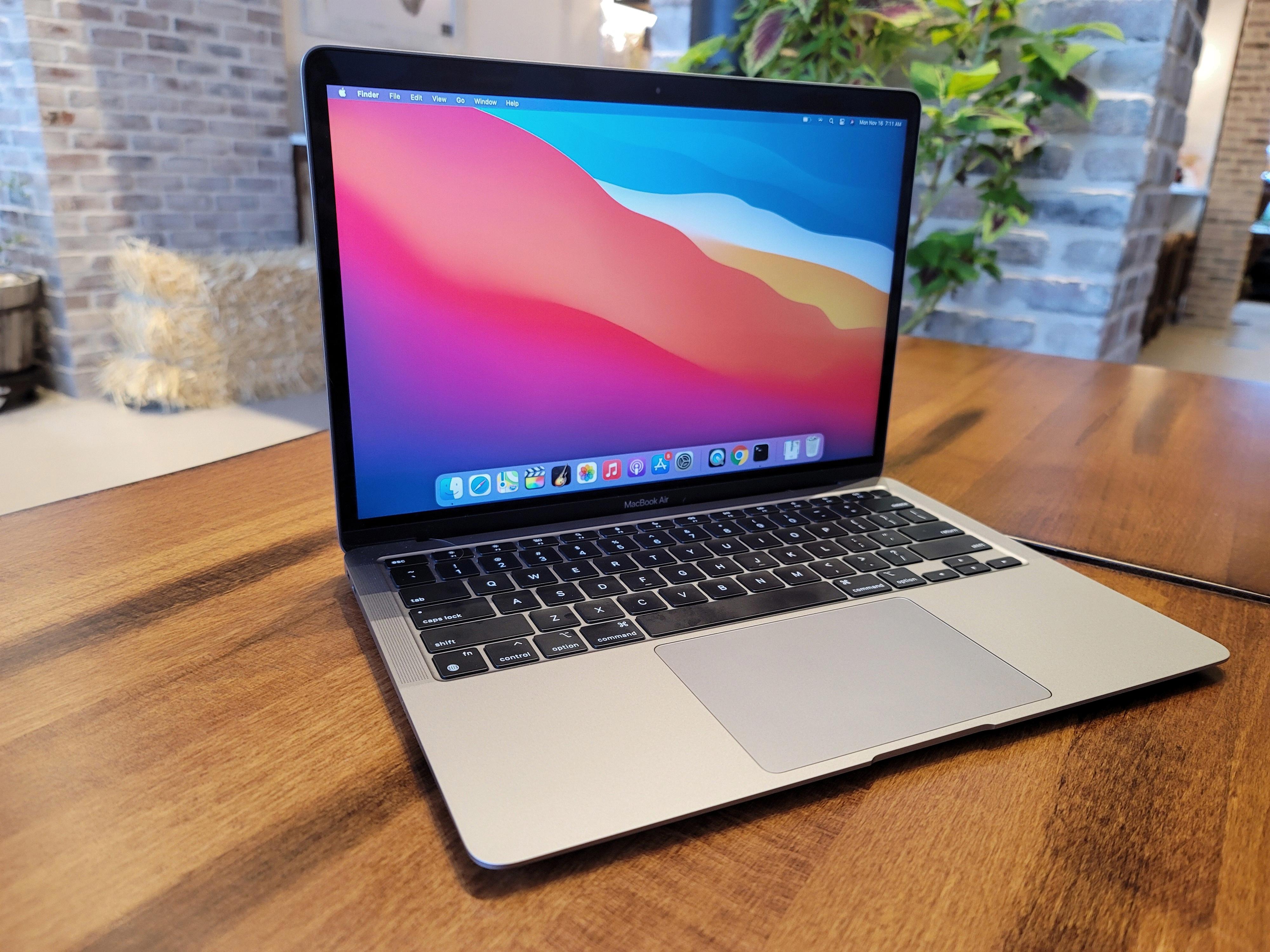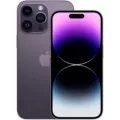A logic board, also known as a motherboard or main circuit board, is the backbone of any electronic device. It is responsible for connecting all the components of a machine and managing their interaction. As such, it plays an important role in the functioning of your device. As with any component, it is vital to keep your logic board clean and free from dirt and debris.
When cleaning a logic board, it is important to use only non-abrasive materials such as cotton swabs and soft cloths to avoid damaging its delicate components. It should also be cleaned in an area with plenty of ventilation to avoid any potential buildup of fumes from the cleaning agents.
The most common method for cleaning a logic board is to use a combination of isopropyl alcohol and baking soda mixed together into a paste. This paste should be applied directly onto the affected area and wiped off with a soft cloth. The baking soda helps neutralize any corrosion on the board while the alcohol helps to dissolve dirt and grime that has accumulated over time.
Another method for cleaning a logic board is to use vinegar diluted with water. The vinegar can help dissolve grease and another residue that may have accumulated on the logic board over time. To use this method, apply the diluted vinegar directly onto the affected area using a soft cloth or cotton swab and then wipe off any excess liquid before allowing it to air dry completely.
In addition to regularly cleaning your logic board, you should also be sure to inspect it regularly for any signs of corroded or damaged components that may need to be replaced or repaired in order to ensure optimal performance from your device. If you notice any issues with your logic board, contact an experienced repair specialist as soon as possible for assistance in getting it back up and running again.
Cleaning your logic board regularly will help ensure its longevity as well as help maintain optimal performance from your device’s components; however, if you are ever unsure about how best to proceed when it comes time for maintenance or repairs, contact an experienced repair specialist is always recommended!
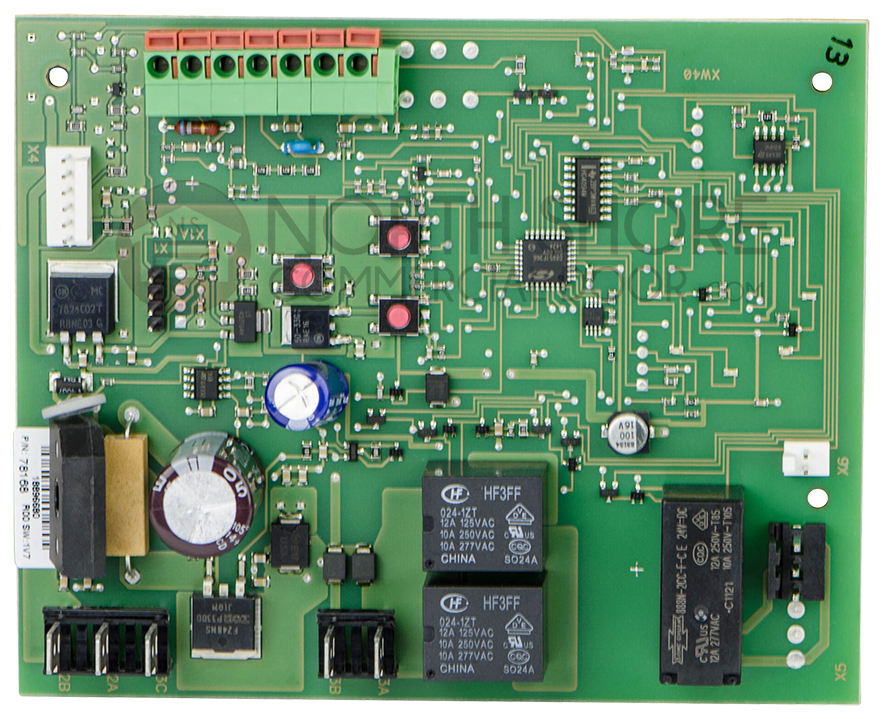
Cleaning Logic Boards with Alcohol
Yes, you can clean a logic board with isopropyl alcohol. However, it’s important to use a solution that is 90% or higher in purity. Lower concentrations of isopropyl alcohol may not be effective in cleaning the logic board, and could potentially damage the sensitive components. Before you begin cleaning the logic board, make sure to disconnect any power sources and ensure the area is well-ventilated. After that, use a soft cloth dampened with alcohol to gently wipe away dust and debris from the board. Be careful not to scrub too hard as this could damage components. Once you’re done cleaning, allow the board to dry before reconnecting any power sources.
Cleaning Corrosion Off a Logic Board
To clean corrosion off a logic board, you’ll need to use a cleaning solution such as isopropyl alcohol, baking soda, and water, or vinegar. Start by using cotton swabs to gently apply the solution to the affected area and wipe back and forth until the corrosion is removed. If necessary, leave some of the solutions on the corroded area for a few minutes before wiping it off.
If there are any stubborn spots of corrosion that are harder to remove, you may need to use a soft bristle brush or toothbrush. Dip the brush into your cleaning solution and gently scrub away any remaining corrosion. Once all the corrosion is removed, make sure to rinse your logic board with clean water and then dry it with a lint-free cloth.
The Causes of Logic Board Corrosion
Logic board corrosion is caused by a process called oxidation, which occurs when oxygen molecules react with metal atoms, such as those found in printed circuit boards. This reaction produces rust, which can cause the logic board to flake off and lose its valuable chemical properties. Corrosion typically occurs in areas where there is high humidity and oxygen levels are high, such as near the ocean or in areas with excessive moisture. Other factors that can accelerate the corrosion process include exposure to certain chemicals, ultraviolet light, and extreme temperatures. In some cases, faulty manufacturing processes can also lead to corrosion.
Cleaning a Motherboard with 70% Isopropyl Alcohol
No, it is not advisable to use 70% isopropyl alcohol to clean a motherboard. Isopropyl alcohol below 90% can be too harsh for delicate circuit boards, and could potentially cause damage. It is best to use a solution specifically designed for cleaning electronics, such as a specialty electronic cleaning solution or a mild detergent with water.
Cleaning a Motherboard with Liquid
Isopropyl alcohol, also known as rubbing alcohol, is the most commonly used liquid for cleaning motherboards. It is a highly effective solvent and can quickly and effectively remove oil and grease, dust, and debris from the motherboard surface without causing any damage. It evaporates quickly and leaves no residue behind. When using isopropyl alcohol to clean a motherboard, it is important to use a lint-free cloth or swab to avoid scratching the surface of the board. Additionally, when using any liquid to clean electronic equipment it is important to be sure that all of the excess liquid is removed before powering up the device.
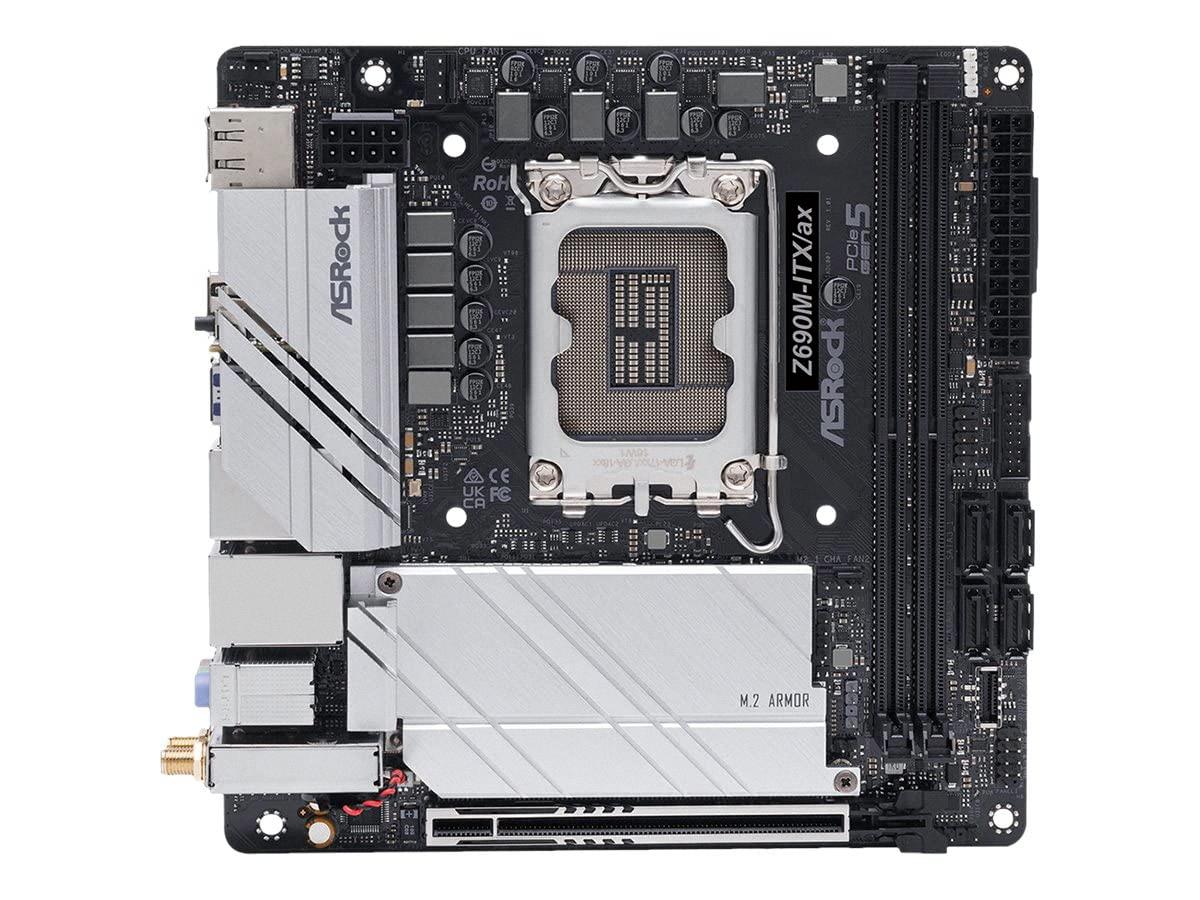
Source: amazon.com
Can Rubbing Alcohol Remove Corrosion?
Yes, rubbing alcohol (isopropyl alcohol) can remove corrosion from batteries and other electronics. Isopropyl alcohol is an effective way to safely clean corrosion because of its low toxicity and flammability. To use it, apply the rubbing alcohol onto the corroded area with a soft cloth or tissue, then gently rub it into the surface until all of the corrosion has been removed. After you are done cleaning the corrosion, rinse off any remaining residue with warm water and dry it off with a clean cloth.
The Effectiveness of WD 40 in Removing Corrosion
Yes, WD-40 Multi-Use Product is specifically designed to remove corrosion from metal surfaces. It contains a unique, trade secret formula that was originally used to protect the Atlas rocket from corrosion in 1953. WD-40 Specialist® Rust Remover Soak is formulated to dissolve rust quickly and restore surfaces back to bare metal without having to scrape chip or scrub. This product is perfect for removing rust from cars, bikes, tools, patio furniture, and more.
Conclusion
In conclusion, logic boards are an essential part of a computer system and must be properly cared for to ensure it works as intended. Corrosion is a common problem that can occur in logic boards due to their exposure to oxygen, but luckily it can be easily prevented or treated with the use of isopropyl alcohol. While it is important that the alcohol used to clean the board should be 90% or better, there are other cleaning solutions such as baking soda and water or vinegar that can also be effective. Proper maintenance of your logic board will help ensure that your computer system runs smoothly and efficiently for many years to come.


